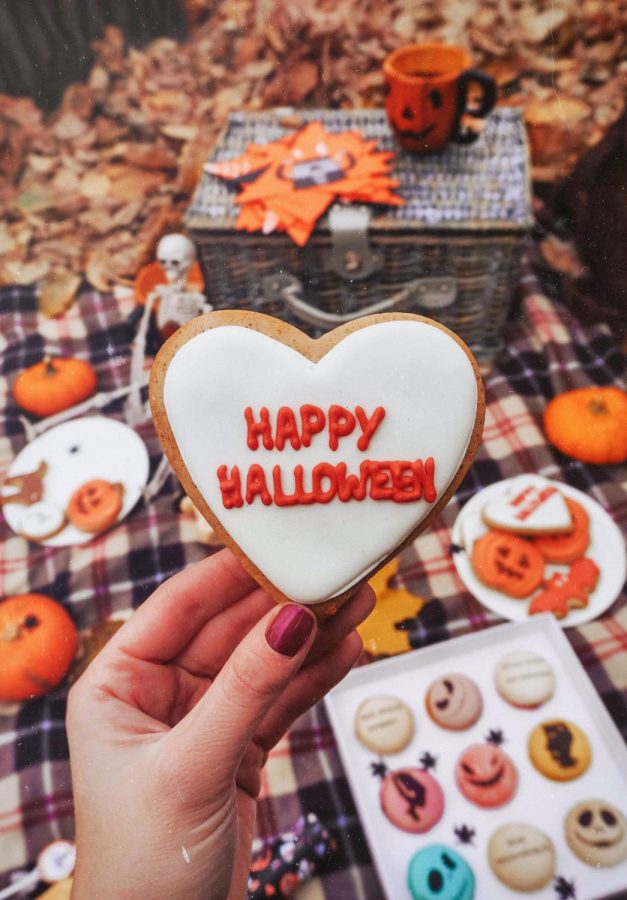The origins of Halloween
Photo by a href=httpsunsplash.com@sonyapixutm_source=unsplash&utm_medium=referral&utm_content=creditCopyTextSonya Pixa on a href=httpsunsplash.comsphotoshalloweenutm_source=unsplash&utm_medium=referral&utm_content=creditCopyTextUnsplasha
While we celebrate this day with fun, we should also remember where it comes from.
Although Halloween may be known for candy, costumes, and ghouls, its true origins lie in ancient festivals and religious celebrations. We’ll explore this holiday’s spooky beginnings and see how it’s progressed into an ode to witches and vampires alike.
Much of Halloween’s origins lie in the ancient Celtic Festival of Samhain where 2000 year ago, on November 1, the Celts celebrated their new year (Halloween: Origins, Meaning & Traditions – History). This period marked the end of the harvest and invited the cold winter, which they associated with death. On October 31, the Samhain began and the boundary between the living and the dead vanished, welcoming ghost. This addition of spirits made it easier for the Celtic priest to predict prophecies. Bonfires, sacrifices, and even costumes were used to help the priest with this process.
As you can see, we have much to owe to the Festival of Samhain when it comes to our own modern day celebrations. Ideas of ghosts, boundaries between the living and the dead, and costumes are still alive and strong today among our new traditions.
Another influential event leading to the origins of Halloween was All Saints Day. With Christianity spreading to Celtic territory, the traditional Festival of Samhain was incorporated into the church’s celebration of honoring the dead on November 2. It was similar to the Celtic holiday, with costumes, most being of saints, angels, or devils (Halloween: Origins, Meaning & Traditions – History). However, the original Festival of Samhain stayed and was now referred to as “All-Hallows Eve”, later turning to Halloween.
When Halloween first came to America it came in the form of fall festivals where mischief and ghost stories abounded. Immigrants from Europe are held responsible for developing the holiday in the States as the 19th century brought many new Irish residents (Halloween: Origins, Meaning & Traditions – History). The fall celebrations then progressed into wearing costumes and asking for food – treats, and even money! Soon Halloween became popular among adults and children with food, games, and activities.
Today, we can see Halloween across store aisles, movies, and themed treats once September arrives. The holiday has carried its popularity for centuries and now it can be argued that it’scelebrated more than ever. This Halloween, when you’re out dressing up and trick or treating, remember the history that makes up this ghoulish holiday.

LunaBella Peralta has been part of The Armijo Signal since her freshman year and now, as a junior and serving in her second year as Events Editor, she...
